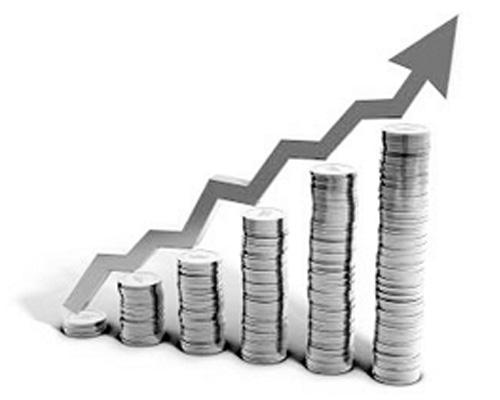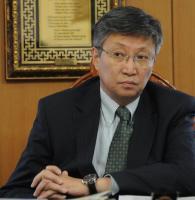Энэ 7 хоногт
Economic uncertainties push gold price up
During the week the ECB (European Central Bank) left benchmark interest rate at 1.00% as widely expected.

During the week the ECB (European Central Bank) left benchmark interest rate at 1.00% as widely expected. Interest rates remain “appropriate” and inflation expectations remain firmly anchored. The Bank of England left rates unchanged at historical low of 0.5% today. According to an interview with First Deputy Chairman, Alexei Ulyukayev, Russia’s central bank wants to increase the proportion of its international reserves held in gold, and the bank added 100,000 ounces to its reserves in January. In the meantime, gold imports in India witnessed a new surge with imports showing major gains in the beginning of the New Year. Imports of gold in January were up some 19 times to 34 tons in January as compared with 1.8 tons a year ago.
Gold remained firm despite the current strength in the greenback as the Dollar index reached 80.88. However, with exploding national debt, we are going to see further currency devaluations. This, combined with strong investor demand, is setting gold up for its next move to the upside.
Meanwhile, as China continues to transform itself into a major economic power, demand for gold, and silver for that matter, will continue to increase. It is estimated that by the year 2025 China will have more than 200 cities with a population of more than one million. And in 20 years, China’s cities will have added 350 million people -- more than the entire population of the United States. As this new consumer class emerges, the demand for gold jewellery will only increase.
Gold has been around for centuries and has an intrinsic value that is recognized in almost every country in the world. The monetary metal is a store of value and a proven way to preserve wealth. While its value depends on numerous different factors, the current environment of expansionary monetary policies, exploding national debt and global currency devaluations, are going to be very favourable for the price of gold.







Зочин
Зочин
Зочин
Зочин
kfhkjsdhfjsd
Зочин
Зочин
Зочин
Зочин
Зочин
Зочин
janerke